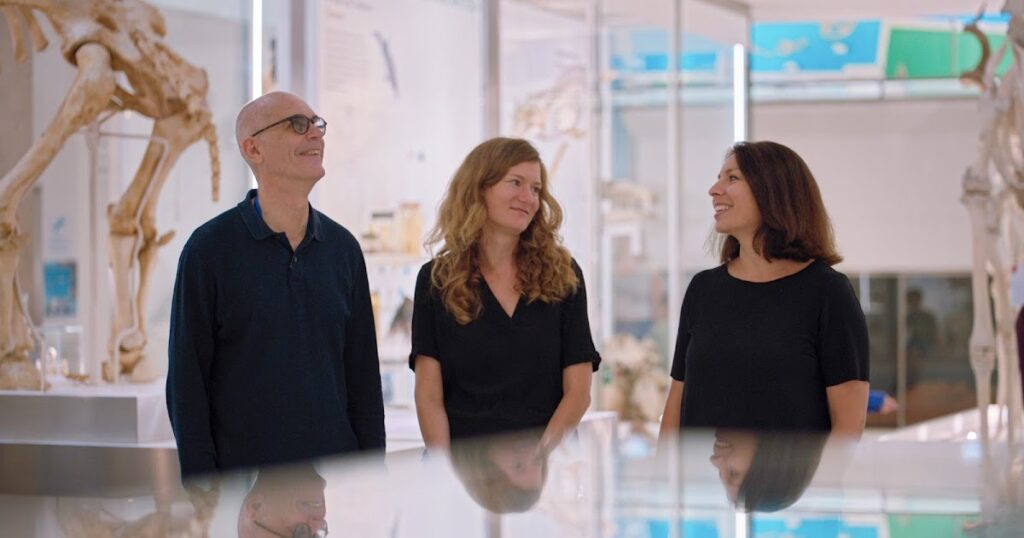AI Uncovers the Mysteries of Extinct Species: The Case of Genyornis newtoni
In a groundbreaking research initiative, a team of scientists is utilizing artificial intelligence to explore the extinction of species dating back 50,000 years. Researchers Beatrice Demarchi from the University of Turin, Josefin Stiller from the University of Copenhagen, and Matthew Collins, affiliated with both the University of Cambridge and the University of Copenhagen, are pioneering this innovative approach, focusing on the enigmatic Genyornis newtoni—a colossal flightless bird often referred to as Australia’s “demon-duck of doom.”
The Mystery of the Genyornis
Genyornis newtoni, an imposing bird comparable in size to an ostrich, vanished from Australia’s fossil records approximately 50,000 years ago. Recent investigations led by Gifford Miller from the University of Colorado Boulder have unveiled fascinating insights linking the bird’s disappearance to early human inhabitants. This theory stems from the finding of burned eggshell fragments, suggesting a connection between these prehistoric humans and the giant bird’s downfall through egg consumption.
Challenging Evidence
Despite the tantalizing clues, the evidence was not definitive. The thinness of the burned fragments raised questions: were these remnants truly from an egg of a creature as massive as Genyornis? Or could they belong to a smaller bird, perhaps resembling a large turkey? To establish a clear link between the burnt shell fragments and Genyornis, the research team encountered a considerable hurdle. The DNA, crucial for such a determination, had deteriorated after thousands of years in Australia’s scorching deserts.
A Multidisciplinary Approach
In a bid to solve this ancient puzzle, researchers pivoted from DNA analysis to the examination of proteins, harnessing the power of artificial intelligence. This multidisciplinary effort brought together experts in ancient protein analysis, bird genetics, and archaeology, forming a robust coalition to decode the mysteries lurking within these fossilized fragments.
The Findings
The results of this extensive investigation deliver a compelling narrative: the delectable large eggs exhibited characteristics consistent with those of Genyornis. Although the eggs seemed to have been a potential food source for early humans, its demise might be more nuanced. The focus on their culinary appeal opens up further debates surrounding the impacts of human behavior on the ecosystems of ancient Australia.
Conclusion
The collaboration of artificial intelligence and ancient studies has yielded invaluable insights into the life and extinction of Genyornis newtoni. For those intrigued by the intersection of technology and archaeology, this research exemplifies the potential of modern science to unveil the enigmatic past. The complete findings are published in the prestigious Proceedings of the National Academy of Sciences, inviting further exploration into our planet’s ancient inhabitants and their interactions with emerging human civilizations.
As the past continues to unveil its secrets through modern technology, we are increasingly reminded of the delicate balance between species and the profound impact that humans can have on their fates. The story of Genyornis serves not only as an exploration of extinction but also as a cautionary tale for our present-day ecosystems.




